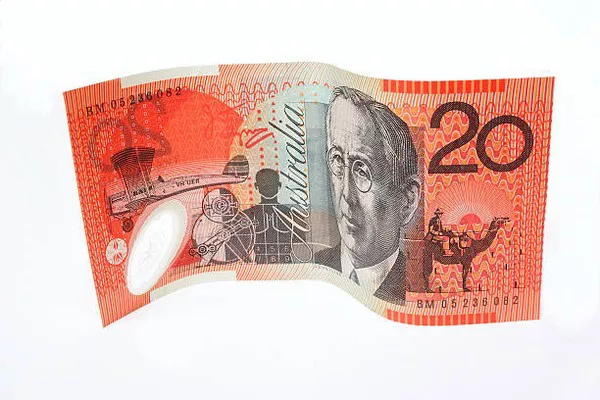Australia, known for its stunning landscapes and vibrant culture, is a popular destination for travelers and expatriates alike. Whether you’re visiting for business or pleasure, understanding the financial landscape is crucial for a smooth experience. One of the primary concerns for many visitors is the strength of their currency in Australia and the most efficient ways to manage transactions. In this article, we’ll delve into the various payment methods available, their pros and cons, exchange rates, fees, safety considerations, and recommendations for travelers.
Overview of Payment Methods in Australia
Credit and debit cards are widely used in Australia, accepted at most establishments including shops, restaurants, and hotels. Major international card networks like Visa, Mastercard, and American Express are commonly accepted. Moreover, contactless payment methods, such as Apple Pay and Google Pay, are gaining popularity, offering convenience and speed at checkout.
ATMs are prevalent across Australian cities and towns, offering easy access to cash. However, it’s essential to check for any associated fees, especially for international withdrawals, which can vary depending on your bank.
Pros and Cons of Using Cash
Using cash offers simplicity and immediacy in transactions. It eliminates the need for electronic verification and can be handy in places where card terminals might not be available or reliable, such as smaller businesses or markets.
However, carrying large amounts of cash poses risks, including theft or loss. Additionally, it can be challenging to track expenses accurately, making budgeting more cumbersome compared to electronic transactions.
Pros and Cons of Using Cards
Credit and debit cards provide a secure and convenient way to pay for purchases. Many cards offer rewards programs, including cashback, airline miles, or discounts, adding value to transactions. Moreover, cards typically offer protections against fraud, such as zero-liability policies.
On the downside, using cards may incur foreign transaction fees, usually a percentage of the purchase amount, which can add up over time. Additionally, while cards are widely accepted, there may still be instances where cash is preferred or necessary.
Exchange Rates and Fees
Exchange rates play a significant role in international transactions. When using cards, transactions are typically converted at the current exchange rate set by the card network, which may include a small markup. It’s essential to be aware of any additional fees charged by your card issuer for foreign transactions, as these can vary significantly.
Exchanging cash for Australian dollars can incur fees as well, whether at currency exchange kiosks or through banks. These fees may include service charges or less favorable exchange rates compared to the interbank rate.
Budgeting and Expense Tracking
Both cash and card transactions offer advantages for budgeting and expense tracking. With cash, you can physically see and feel your spending, which can help you stay mindful of your budget. However, it requires manual tracking and record-keeping.
On the other hand, card transactions provide electronic records of your purchases, which can be easily monitored through banking apps or statements. Many banks offer features such as categorization and spending alerts, simplifying budget management.
Safety and Security
When it comes to safety, cards offer more robust protections compared to cash. Most credit and debit cards come with fraud protection measures, such as PINs, EMV chips, and monitoring for suspicious activity. Additionally, if your card is lost or stolen, you can quickly report it and have it deactivated to prevent unauthorized use.
Carrying large sums of cash, especially in unfamiliar environments, increases the risk of theft or loss. While cash is not tied to personal information like cards, once lost, it’s challenging to recover.
Emergency Situations
In emergency situations where one payment method fails, having a backup is essential. For example, if your card is declined or lost, having cash on hand can be a lifesaver, ensuring you can still cover essential expenses like food or transportation.
Conversely, if you lose your cash or it’s stolen, having a backup card allows you to continue your trip without disruption. It’s wise to keep backup funds separate from your primary payment method to mitigate risks.
Recommendations for Travelers
Based on the information provided, a balanced approach to carrying both cash and cards is recommended. Before traveling to Australia, inform your bank of your plans to avoid any unexpected card blocks due to suspected fraud.
Carry a mix of cash for small purchases and emergencies, and a card for larger transactions or where electronic payment is preferred. Consider carrying a prepaid travel card as a secure alternative to cash, offering the convenience of cards with added security features.
See also Why Did Hawke Float the Australia Dollar?
In conclusion
While the strength of the dollar in Australia is essential to consider, understanding the payment methods, fees, and safety considerations is equally crucial for a seamless travel experience. By weighing the pros and cons of cash and card usage, budgeting effectively, and preparing for emergencies, travelers can make the most of their time in this beautiful country.


